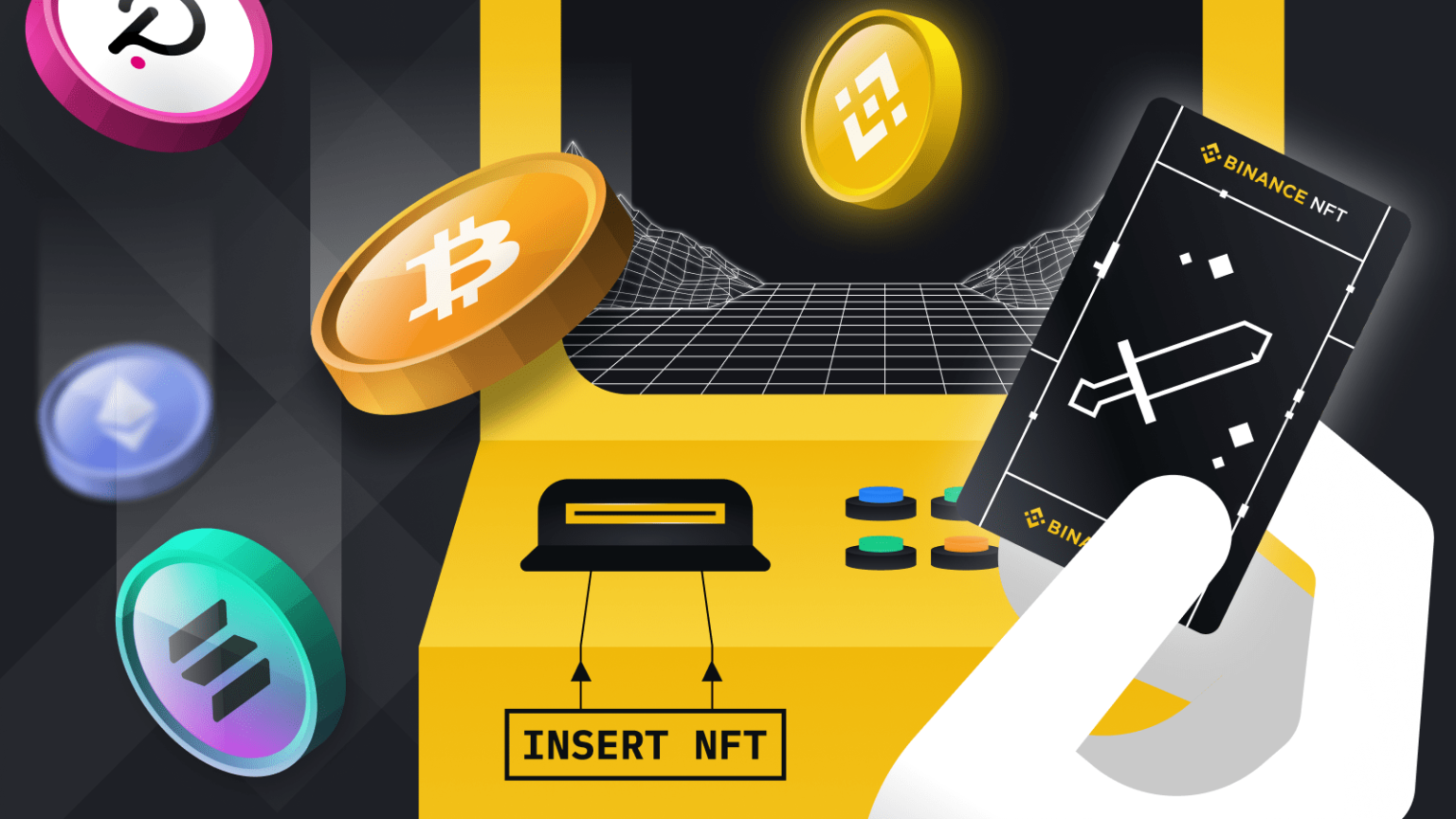In 2021, NFT truly became mainstream with trading volumes growing up to $23 billion, according to the DappRadar. What are the reasons behind this growth and what are the perspectives of 2022?
From elite auctions to people
In 2021, non-fungible tokens started the year with the closed art events but when Beeple sold the NFT artwork at Christie’s for almost $70 million, it created enough buzz for other use cases to pick up the pace. In 2021, pandemic and other factors played together to make a step towards NFT mass adoption in a different sector: gaming.
The video gaming industry growth was accelerated by applying the idea of decentralisation that gave people opportunities to eradicate the need for a middleman. Previously, all in-game items like characters or weapons, were controlled by the corporations. NFT mechanisms allowed gamers to become the owners, buy and sell those items at any form of the free market.
This changed the underlying principle on which games are based. Previously, almost all games required some sort of payment (Pay-to-Play) and have been seen mainly as a form of entertainment. In 2021, NFT games converted playing games from a fun pastime to a much more complex phenomenon with economies built around the games. A new model is called Play-to-Earn: gamers are rewarded for in-game activities. Now gamers can not only sell their NFTs for profit but also exchange their gaming rewards into whatever currency they need in their daily lives.
What stops the development?
Amid pandemic, NFT-based games became a lifebelt solution for counties with emerging economies where citizens were forced to look for additional sources of income. For example, people of the Cabanatuan City in the Philippines were playing Axie Infinity: for about 4 hours a day a player earned nearly an average wage that covered medical and other bills. This way, 2021 demonstrated that NFTs can and will be used by regular people. But what stops them?
Firstly, NFT-games are still at a very early stage of development. It will take time to enjoy truly elaborated game scenarios or the best-quality visual experience. The most important obstacle is high entrance cost: a gamer needed over $400 to join Axie Infinity at the end of 2021.
Gamers pool their resources together and form guilds but the future is the infrastructure-level projects that will solve the problem like the MetaRent platform by Meta DAO Guild where NFT owners with no time or desire to play the game can rent out their assets to gamers that can not afford or do not want to invest their own funds. The system serves as a guarantor for the fair deal. Like any other shared economies example, it is supported by ranking and educational systems but unlike most, Meta DAO Guild is a fully decentralised platform.
How can a non-gamer earn as well?
While many retail investors saw the potential of the NFT sector early, few could act on it.
For example, in October 2020, there were so many retail investors that wanted to participate that Axie Infinity held a public token sale in the form of a lottery where a chance to win this lottery ticket directly depended on the amount of BNB a participant had.
Meta DAO Guild solves this problem by creating a decentralised fund focused on Game-Fi projects DAO Launchpad. The project aims to open the doors that were previously accessible only by private funds and big investors. The governance over the fund also reflects the decentralisation principles: decisions are made by voting with all holders of the guild tokens.
What the future brings
According to Gartner’s Hype Cycle, NFT will hype for a period from 2 to 5 years. Since not all projects will survive this phase, one of the most sustainable investment strategies is to choose projects that solve the industry problems. One might have been lost in the amount of ICO projects but Binance Launchpad has shown sustainable growth. The Meta DAO Guild is also creating sought-after solutions to the current NFT market. That is why it is reasonable to believe that the project’s position will be only stronger.
Although NFT remains a subject of heated debate due to cybersecurity and legal risks, or risks associated with hype, big venture funds like Andreessen Horowitz, have already invested heavily in the sector. For example, during the third quarter of 2021, a record-breaking sum of $1 billion was invested in blockchain games.
Thanks to such infrastructure-level projects as Meta DAO Guild, retail investors have an opportunity not to miss the highest returns as well. After all, just like other technologies, NFT gaming will reach the maturity level proving its survivability and durability in the market.

